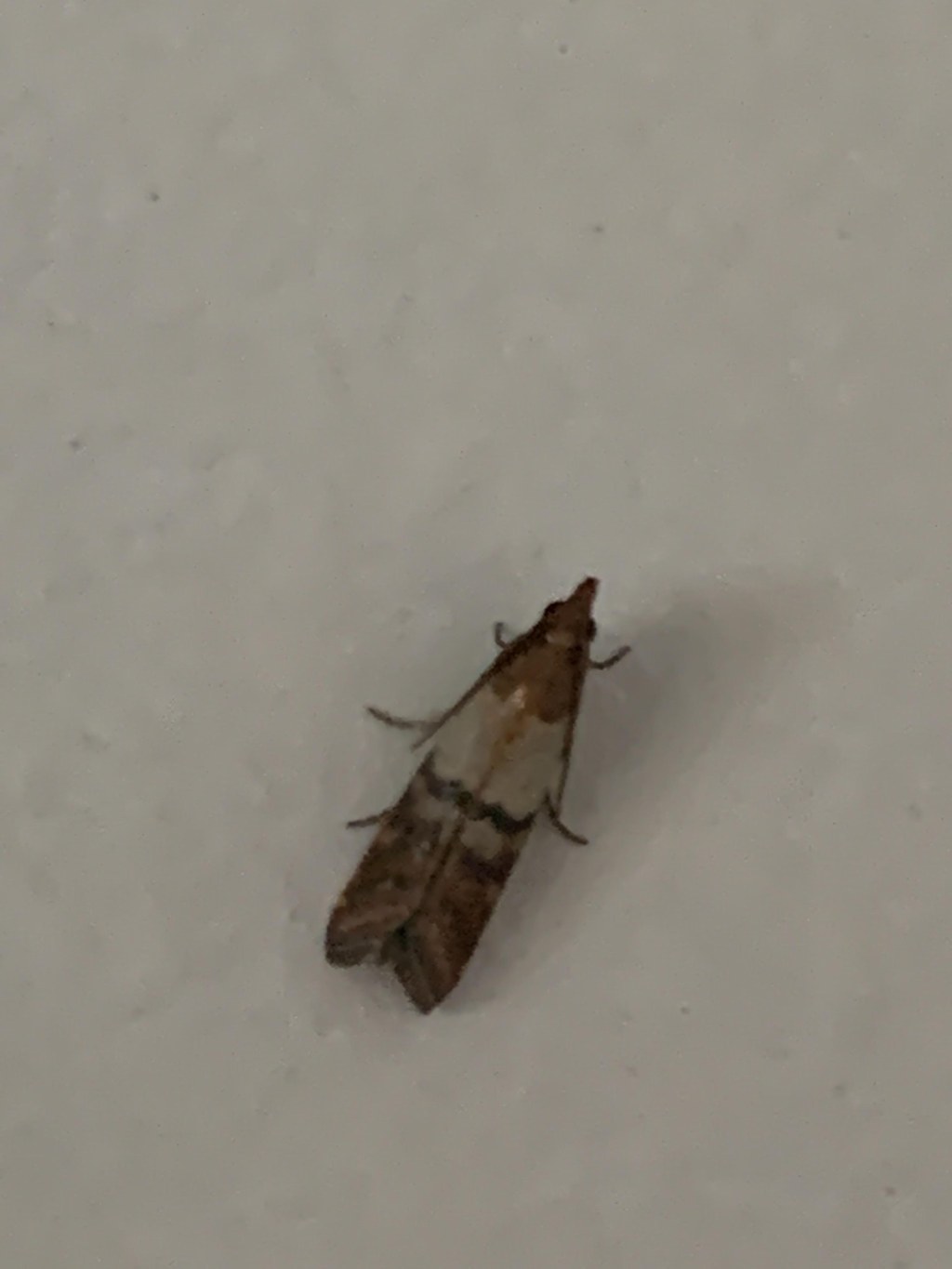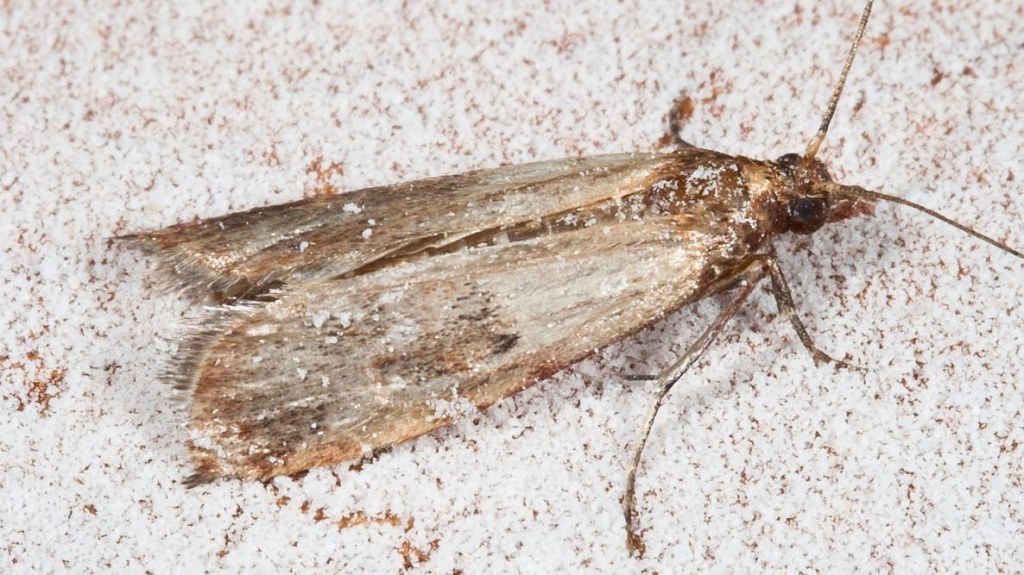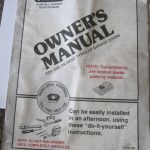Eliminate Pesky Pantry Moths In Your Garage – Take Action Now!
Pantry Moths in Garage: A Guide for Garage Enthusiasts
Introduction
Welcome, Garage lovers! In this article, we will discuss the presence of pantry moths in garages and provide you with valuable information on how to deal with this pesky issue. Pantry moths, also known as Indian meal moths, can infest various areas of your home, including garages. These small insects are notorious for their ability to contaminate food, causing significant damage. By understanding the what, who, when, where, why, and how of pantry moths in garages, you will be better equipped to prevent and control their presence in your beloved garage space.
3 Picture Gallery: Eliminate Pesky Pantry Moths In Your Garage – Take Action Now!



What are Pantry Moths?
Pantry moths, scientifically known as Plodia interpunctella, are common household pests that belong to the Pyralidae family. These insects are approximately 0.4 to 0.5 inches long and have a distinctive appearance with grayish-brown wings and reddish-brown bodies. They are attracted to stored food products, such as grains, cereals, nuts, and dried fruits, making pantries and garages vulnerable to infestations.
Life Cycle of Pantry Moths

Image Source: housewifehowtos.com
Pantry moths have a life cycle that consists of four stages: egg, larva, pupa, and adult. The female moth lays eggs on or near food sources, and within a week, the eggs hatch into larvae. The larvae, commonly known as pantry moth worms, feed on the food, causing contamination and damage. After about two weeks, the larvae spin cocoons and enter the pupal stage. Finally, adult moths emerge from the cocoons, ready to reproduce and continue the cycle.
Signs of Pantry Moth Infestation in Garages
It is important to be able to identify the signs of a pantry moth infestation in your garage. Some common indicators include:

Image Source: redd.it
Presence of adult moths flying around lights or food sources
Webbing or silk-like threads on stored food items
Small larvae or worms crawling on surfaces or inside packaging
Damage to food products, such as holes or chewed packaging
Causes of Pantry Moth Infestation in Garages
Pantry moth infestations in garages can occur due to various reasons. Some common causes include:

Image Source: almanac.com
Bringing infested food items into the garage
Improper food storage practices
Gaps or cracks in garage doors or windows, allowing moths to enter
Poor cleanliness and hygiene in the garage
Preventing Pantry Moth Infestation in Garages
Prevention is key when it comes to keeping pantry moths out of your garage. Here are some effective preventive measures:
Inspect food items before bringing them into the garage
Store food in airtight containers
Regularly clean and vacuum the garage
Seal any gaps or cracks in doors and windows
Who is Affected by Pantry Moths in Garages?
Anyone who has a garage and stores food items in it is potentially at risk of pantry moth infestation. Whether you use your garage as a storage space or a workshop, it is crucial to be aware of the presence of pantry moths and take appropriate preventive measures.
When Do Pantry Moths Infest Garages?
Pantry moths can infest garages at any time of the year. However, they are more commonly found during warmer months when their reproductive cycle accelerates. The presence of food and favorable conditions in the garage can attract pantry moths and lead to infestations.
Where Do Pantry Moths Hide in Garages?
Pantry moths can hide in various areas of your garage. Some common hiding spots include:
Stored food items, such as grains, cereals, and pet food
Cracks and crevices in walls and ceilings
Cardboard boxes and packaging materials
Garbage and recycling bins
Why Should You Be Concerned About Pantry Moths in Garages?
Pantry moths in garages can pose several problems:
Contamination of food items: Pantry moths can lay eggs and feed on stored food, making it unsuitable for consumption.
Damage to property: The larvae of pantry moths can create holes in packaging materials, leading to food spoilage and financial loss.
Health risks: Consuming infested food items can potentially cause digestive issues and allergic reactions.
Difficulty in eradication: Once pantry moths establish a presence in your garage, eliminating them can be a challenging and time-consuming process.
How to Get Rid of Pantry Moths in Garages?
If you discover a pantry moth infestation in your garage, it is important to take immediate action to eliminate them. Here are some effective methods for getting rid of pantry moths:
Remove and discard infested food items
Clean and vacuum the garage thoroughly
Use pheromone traps to capture adult moths
Apply residual insecticides to affected areas
Consult a professional pest control service for advanced treatments
Advantages and Disadvantages of Dealing with Pantry Moths in Garages
Advantages
1. Early detection and prevention can minimize the risk of extensive infestations.
2. Eliminating pantry moths can improve hygiene and food safety in your garage.
3. Taking action against pantry moths can protect your stored food items and prevent financial loss.
Disadvantages
1. Dealing with pantry moths in garages can be time-consuming and require regular maintenance.
2. Infestations may recur if preventive measures are not implemented effectively.
3. Some control methods, such as insecticides, may pose risks to human health and the environment if not used properly.
FAQs (Frequently Asked Questions)
Q: Can pantry moths fly long distances?
A: No, pantry moths are not strong flyers and usually stay within a limited range of their food sources.
Q: Are pantry moths harmful to humans?
A: While pantry moths themselves are not harmful, consuming infested food items can cause digestive issues and allergic reactions in some individuals.
Q: Can I use natural remedies to get rid of pantry moths?
A: Yes, there are natural remedies, such as cedar chips and bay leaves, that can help repel pantry moths. However, they may not be as effective as professional treatments.
Q: How long does it take to eliminate a pantry moth infestation?
A: The duration to completely eliminate a pantry moth infestation depends on the severity of the infestation and the effectiveness of control measures. It can range from a few weeks to several months.
Q: Can pantry moths infest sealed packages?
A: Pantry moths can infest sealed packages if the packaging materials are not completely airtight or if the infestation occurred before the items were sealed.
Conclusion
In conclusion, garage enthusiasts must be aware of the potential threat of pantry moths in their beloved spaces. By understanding the what, who, when, where, why, and how of pantry moths in garages, you can take proactive measures to prevent infestations and protect your stored food items. Remember to regularly inspect and clean your garage, practice proper food storage, and seek professional help if needed. Don’t let pantry moths ruin your garage experience – take action and maintain a pest-free environment!
Disclaimer: The information provided in this article is for informational purposes only and should not be considered professional advice. Always consult with a pest control expert or relevant authorities for accurate guidance in dealing with pantry moth infestations.
This post topic: Garage



